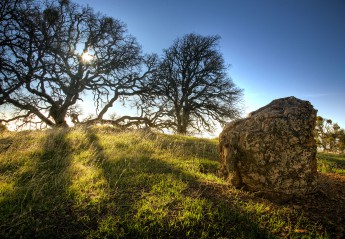Children’s language input: A study of a remote multilingual Indigenous Australian community
1School of Languages and Linguistics, the University of Melbourne, Parkville, Vic. AUS. 3010
2Academic Language and Learning Unit, La Trobe University, Bendigo, PO Box 199 Bendigo, Vic. AUS. 3552
3School of Language Studies, Baldessin Building, ANU Canberra ACT, Australia 0200
Citation Information: Multilingua – Journal of Cross-Cultural and Interlanguage Communication. Volume 32, Issue 5, Pages 683–711, ISSN (Online) 1613-3684, ISSN (Print) 0167-8507, DOI: 10.1515/multi-2013-0032, June 2013
- Published Online:
- 2013-06-28
Abstract
Indigenous children growing up in the remote regions of Australia live in multilingual communities which are often undergoing rapid language shift. In these communities, children are exposed to a range of language input, including the traditional language of the area, a local creole and Standard Australian English. The extent to which the different languages are used may vary by age of interlocutor as well as other factors. In this paper we examine the input to five children between the ages of two and four living in a small remote community. Recordings were made of each child interacting with caregivers of different ages to identify the range of language the children are exposed to. The majority of the input was in the local creole. This represents a rapid shift from the traditional language, Walmajarri, which was widely spoken when the community was established in the late 1980s. The majority of input in the traditional language came from the older interlocutors, suggesting that the language is severely endangered. Standard Australian English was used only minimally, although once they enter the formal school system, SAE will be the only language used for their education.
